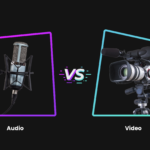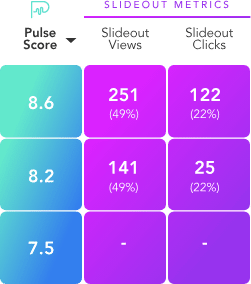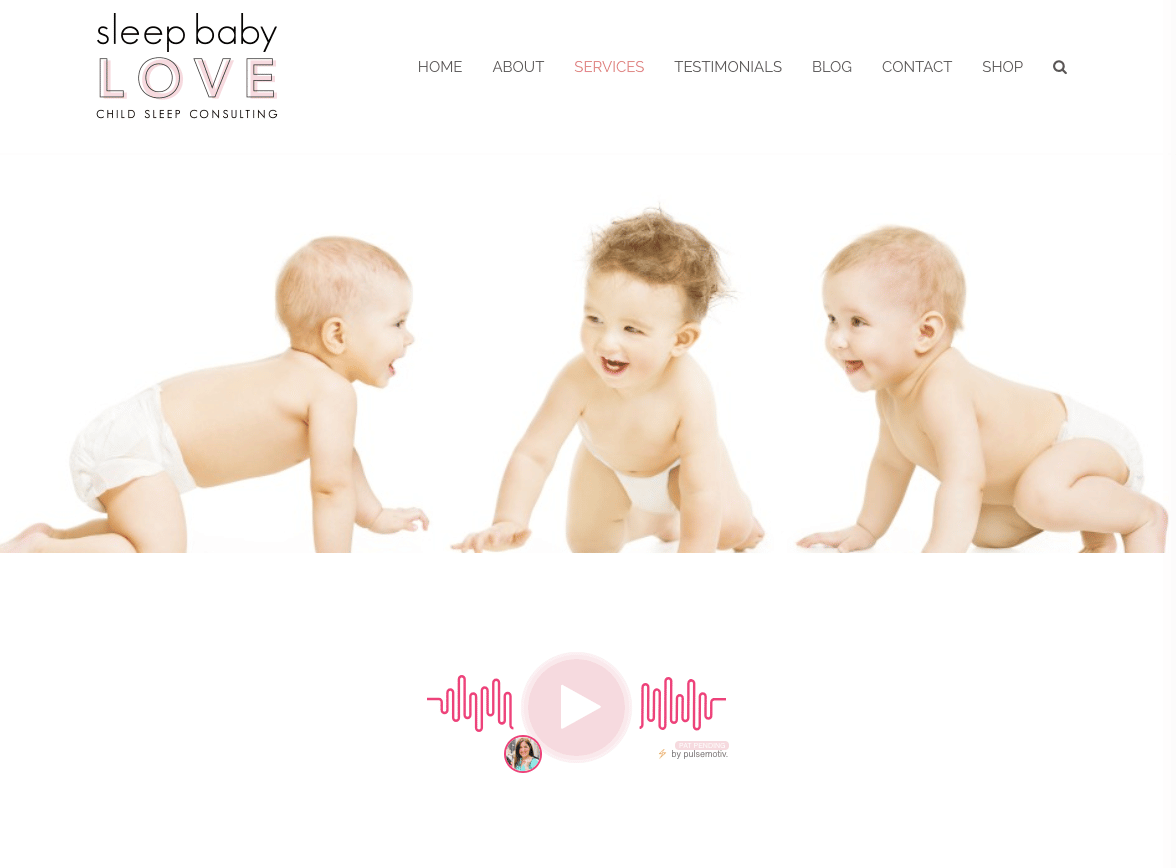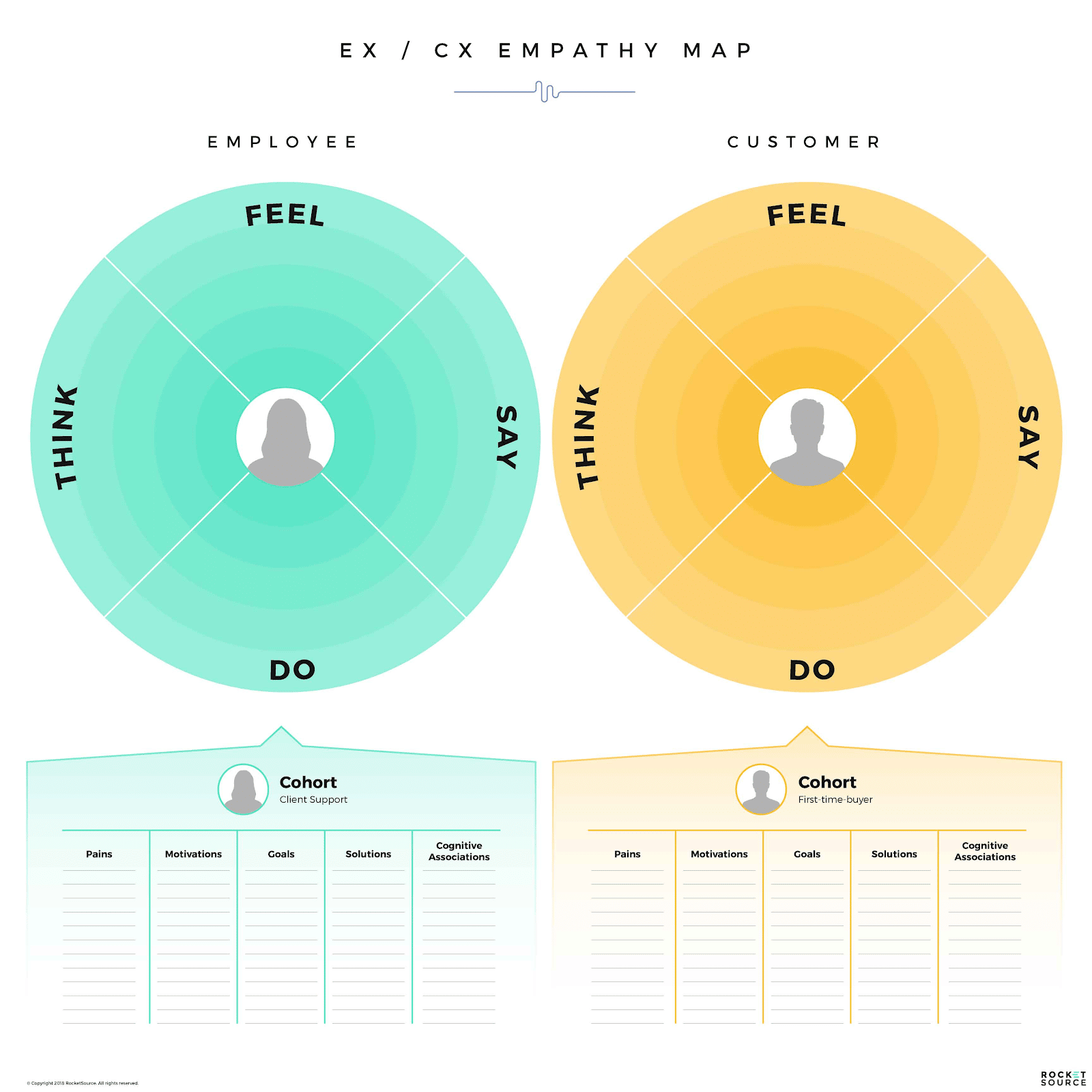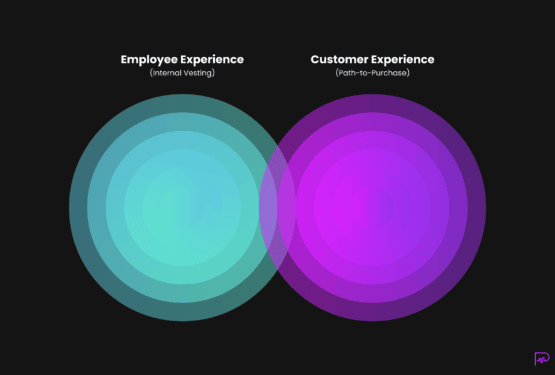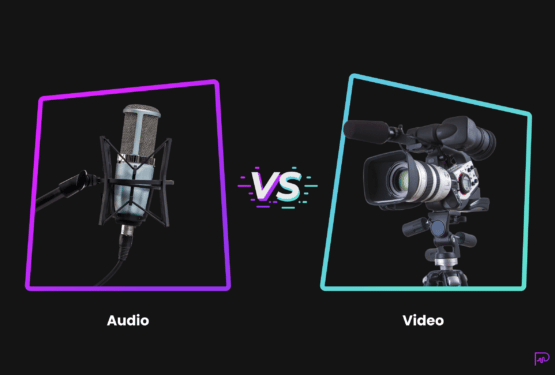In this article, I’ll discuss the conversational guidance strategy and how to use it to leverage personalization in the brand experience. I’ll also outline some of the best practices when creating a strategy. If you’re still new to this term, check out our defining post on conversational guidance first.
When it comes to growing a business, personalizing the brand experience is a powerful and emerging trend in the marketing world — and for good reason. Google solidified the notion that personalized brand experiences matter in a survey with Greenberg which showed 61% of people expect brands to tailor experiences based on their preferences. Consumers flock to organizations that establish a relentless focus on personal interactions in real-time with prospects.
Take this familiar campaign, for example. Coca Cola famously personalized their products using over 1,000 different names. As The Drum points out in their case study on what the “Share A Coke” campaign can teach other brands, “[Coke’s] campaign showed that when personalization works it can be highly engaging and effective.”
And it was effective. Through personalization, Coke was able to increase its sales for the first time in 4 years. Now referred to as one of the most innovative and successful marketing initiatives in the company’s history, other brands are diving head-first into similar campaigns with the intent to better relate with their customers.
It’s this type of relatable customer experience that commands attention. That’s especially compelling given that we’re living in a world where attention is at a deficit. Personalization is an easy way to rapidly build rapport among consumers who want to be a part of something bigger than themselves. And for your brand? Yeah, creating the feeling of personalized experiences is just as important for your brand as it was for Coke.
But here’s the challenge — personalized interactions between brands and their customers are notoriously difficult to scale. Imagine call centers, stockpiled with people to answer customer’s concerns in a one-on-one capacity. Or perhaps even a more modern approach of hiring remote workers to answer calls from home.
This practice is common, yet antiquated and unrealistic, especially for small and medium-sized businesses who need to focus their budgets toward tactics that’ll scale with the organization. In recent years we’ve seen some technologies try to bridge this issue, but they often lack humanization (think of chatbots) and leave the consumer feeling alone in their journey.
If you’re up against these same hurdles, having a sound conversational guidance strategy can help. Conversational guidance is where this technology to scale personalization meets human elements, reclaiming the digital experience and making business feel personal again.
Leveraging a Conversational Guidance Strategy to Personalize the Customer’s Experience
Conversational guidance involves the art of scaling 1:1 dialogues across the customer journey while, at the same time, shepherding customers toward that next stop along their path-to-purchase.
For many companies, utilities such as chatbots, SMS marketing, email, Slack, or Facebook messenger are the chosen mode of “personalized” marketing. I put that in quotes because they’re not exactly personal at all. However, they are an excellent way of starting a more effective way of being personal by leveraging the terms, words, and desires found within those initial communications. To pull out frequent phrases and terms, companies can use tools like a free word cloud generator to quickly uncover what the customer is saying before repeating it back to them in copy. Quickly visualizing what’s being said makes it far easier to use the same words that the customer is using, which in turn makes it easier to capture that oh-so-desirable attention.
Once you have those words, it’s time to deploy an often overlooked tool to further personalize the customer’s experience – pairing those words with the impact of an authentic human voice.
Adding a human element to digital offerings, such as your voice, can soften the disconnected feeling users get when interfacing with artificial intelligence. Take Facebook as an example. Some companies are driving user engagement by deploying chatbots in Facebook’s messenger program to conveniently connect with customers in a platform the customers already live in. Sounds like a great idea, but the challenge here is that these communications typically address individual touchpoints along the customer journey. They might be either exclusively sales-related, notifying customers of a good deal, or support related, using artificial intelligence to answer questions in real-time instead of waiting for a live agent to assist. What chatbots (and utilities like them) lack is the ability to guide users along their path-to-purchase.
True conversational guidance extends beyond touchpoints to ensure users feel supported at every step of the sales funnel — a funnel that has broadened in recent years. Look at this modern customer journey funnel to see what I mean. 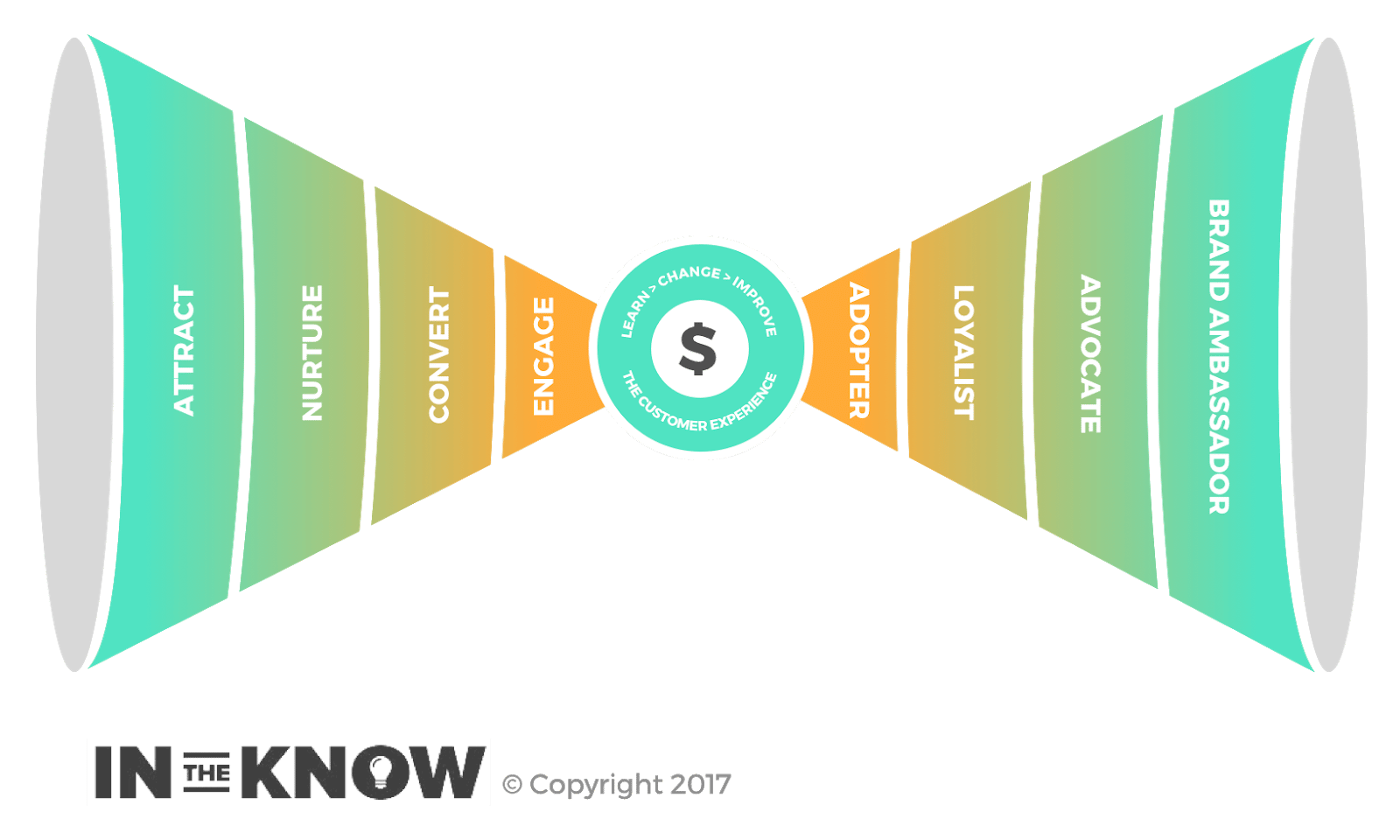
Here you can see that, ideally, interactions between a business and its customers continue even after a visitor finalizes their purchase. Where old sales funnels ended at the point of sale, modern marketers know that to maximize the lifetime value of a customer, it’s important to offer continued and attentive support post-purchase. To achieve this level of excellence requires you guide users toward becoming invested in your brand.
The guidance piece of conversational guidance relies on visual and auditory cues, delivered at just the right moment, triggered by a user’s behavior to virtually hold the customer’s hands. These cues drive the visitor through the funnel by marching them over from, say, a sales page to the shopping cart. Then, after purchase, they meet the person on the other side of the transaction by helping get them started with understanding how to use the product or service. It then continues to guide the buyer, potentially offering upsells or cross-sells and assisting in their evolution from an adopter into a brand ambassador.
If this all sounds frictionless, that’s because it is. By design, conversational guidance delivers a powerful, seamless experience that can lead to a host of benefits for the business and your customers — and that’s not the only benefit.
The Benefits of Conversational Guidance
The concept of engaging in conversation with a prospect to guide them to a sale is nothing new. We’ve understood the value of talking to people across the buyer’s journey for a very long time, so I won’t belabor that point. What is revolutionary is the concept of scaling these conversations, the same ones that salespeople and support staff are having every day, by using technology to add tremendous value to the brand and customer experience. Let’s look at some of the key benefits of this approach.
Get Answers to Questions 24/7 and in Real-Time
Google has deemed modern times as the “age of assistance” and calls the modern consumer “research obsessed,” accurately painting a picture of their desire for informed decision making. When a person has questions, they eagerly poke around online in search of answers. The important detail here is that when they search, they expect to find an answer.
Want evidence of what this research looks like in action? Think about your daily behaviors. If you’re like the typical consumer surveyed by TechCrunch, you probably spend around 5 hours on your phone on any given day. While on your phone, you’re likely searching on Google, puttering around your social newsfeed, or using a messaging app to connect or share with others. You’re conversing with online content hoping to uncover information specific to your query. And when you engage with a business, you expect that virtual dialogue to happen in real-time with quick, personalized support.
This search behavior proves that people want to engage with businesses on their terms, and expect to find answers at their fingertips. In this way, conversational guidance lets businesses meet consumers on their playing field to deliver answers to the most frequently asked questions faster than ever before. But knowing exactly what your visitors want and need requires insights from data about their behavior on your site.
Gather More Data to Continuously Fuel Your Conversational Guidance Strategy
You’d better believe that the entire C-suite today is data-obsessed. We’re living in the midst of a revolution where technology is opening doors to deeper insights about customer behavior. Having a sound conversational guidance strategy lets you deliver more of that highly desired data on a silver platter filled with rich insights about what your customers want and need.
Unlike the analog days of call centers, you’re not limited by the amount of data you can receive because digital conversations happen at scale. Instead of only gathering insights during business-hours, you’re able to collect data around the clock, resulting in faster, real-time insights into what your buyers want.
How are these insights extracted? We collect data on what’s resonating with your target audience by tracking a comprehensive Pulse score, along with other key data points.
By seeing metrics on things like where people click, how long they listen to audio soundbites, and which voices resonate loudest with various audiences, we can then map that data to visitor behavior, bounce rates, brand sentiment, and conversions. In gathering these insights, we can quickly see what our audience wants and needs from the brand to continue moving along the bow tie funnel.
Not only does conversational guidance improve on the user’s experience, but it also empowers organizations with unprecedented and detailed data around it. Once we have that data, we can then use it to define trends and make truly informed decisions.
For example, imagine you were about to introduce a new product into your mix. You’ve researched your target audience and gone through the work of empathy mapping (which we discuss later in this post). But, when your product launches, you see that prospects are having a difficult time navigating through the sales funnel and converting, resulting in a high bounce rate. It’s on these pages that you’ll know where help is needed and you can meet them at those friction points. Deploying web audio and visual cues is a great way to guide your users to the finish line. As they listen to your audio not only does this keep them on your site for longer, but you also drive conversions while improving the overall experience – simply by leveraging data to better understand what your buyers want from you.
Upsell With Ease
If there’s one goal that businesses constantly strive to achieve, it’s improving the ratio between the cost of acquisition (CAC) of a new customer and the lifetime value (LTV) of that customer. In a perfect world, LTV will always exceed CAC, making your business profitable.
One of the best ways to lower that CAC ratio is by retaining your current customers for longer and upselling or cross-selling items to increase their LTV. Conversational guidance can help achieve this goal simply by positioning the right information in front of the customers at just the right time.
By taking the data you’ve gathered above and mapping it back to the customer’s journey, you’ll uncover areas where buyers need more information. By acting as the buyer’s tour guide through the funnel, you can gently nudge them in the direction of related products that would enhance their experience with your brand (and increase the amount they spend with you), or strategically position a cross-sell at the most appropriate time. The result is a customer who spends more money, boosting that CAC:LTV ratio and bringing you more value at every engagement.
Drive a More Personalized Brand Experience
Does your brand’s content trigger more yawns than engagement? In today’s cluttered digital ecosystem, being boring is business suicide. That’s because boring brands are forgettable and unrelatable. Nearly all brands have an online component today, so standing out among your competition requires more effort than it once did. It’s personality that reinforces your uniqueness and keeps consumers engaged. And perhaps there’s no better way to add personality in digital spaces than through conversation with an authentic, human voice.
Let’s look at sleep consultant Susie Parker from Sleep Baby Love as a prime example.
Susie works with parents who are fighting the epic sleep battle. She personalizes a protocol for parents to follow when training their child to get a full night’s rest. As you can imagine, a big challenge for her is getting parents to open up about their current habits and then invite a stranger to teach them new ways to raise their child. Given the sensitivity of this service, it’s been imperative that Susie forms a personal connection from the get-go so fledgling parents know who they’re letting into their parental journey. In less than a two-minute audio clip, she’s able to make that connection while guiding people to the next stage in the sign-up process. Instant connection, a better user experience, and increased conversions, all facilitated by conversational guidance.
The benefits of conversational guidance should be starting to ring clear. Perhaps they’re even aligned with the goals you have for your business. So how do you develop a strategy that lets you bring these same upsides to your organization? Let’s dig in.
Building Your Conversational Guidance Strategy
Ready to converse and convert while gathering data and building your brand’s personality? If so, you’ll need a reliable framework to get started.
Conversational guidance isn’t an approach that can be tackled without some thought and intention behind how each element will fuse together. It takes time to implement, test, and iterate. And although it can be difficult to carve out that time in your hectic day-to-day, it’s worthwhile to make the effort (see above for why). To help you get off the ground and keep the conversational guidance engine running smoothly here are four core elements to infuse into your strategy.
Consider the Context
If you’ve ever walked up on a conversation between friends and tried unsuccessfully to dive right in without context, you know how awkward it can be.
Without knowing what was happening before you jumped into the conversation, you won’t know how to seamlessly swoop in to assist your audience. Instead of feeling like you’re walking alongside the person, your website visitor might feel like they’re backtracking, or worse, misunderstood.
In planning your strategy look specifically at the context of each page and ask yourself the following:
- Where was this person before?
- What’s going through their mind when they arrive on the page?
- What’s their biggest struggle right now that you can solve?
- What are the most common questions users have at this point?
By addressing the most important items first, you’ll make your visitors feel instantly understood, which will ultimately help you deliver a better end experience. Remember, they’re not there to chat about the weather. They’re there to chat about specific solutions to a specific need. Adding your voice in a helpful context will help you deliver the best end-user experience.
Pack it With Personality
Although you’re out to solve the most important issue for your customers, don’t neglect the importance of establishing a personal connection at the same time. Relevant quips over shared knowledge can make the interaction feel more enjoyable. Doing this requires a foundational understanding of what your customers are thinking and feeling at any given point in their journey.
To understand your end-user and find those foundational commonalities, take the time to do some empathy mapping. Here’s an example of what a robust empathy map looks like.
By humanizing your audience and looking at them as people, not just data points, you can make your conversations feel natural. You’ll have a better understanding of their pains but also their motivations, which can help you get to the root cause of their issues and resolve them as quickly as possible. Empathy mapping exercises are a great tool to uncover areas where more personalization is needed.
Scale Your Efforts
On the flip side of personalization is standardization. Although you want your conversations to feel like they’re 1:1, many of the benefits of conversational guidance lie in your ability to have that same conversation with hundreds of people at the same time. By scripting your conversations so that they apply to multiple people within various cohorts, you’re able to elevate the customer experience across the board.
When planning your script, approach these conversations with a predictable beginning, middle, and end. In doing so, speak to the pains and motivations your customers are feeling at that point in their journey. Answer the most frequently asked questions users have at that step and offer guidance to what steps they should take next as they familiarize themselves with your brand. Speak conversationally, as if you’re actually there in the room with them, to create the sensation of human interaction. Then, check back to see how your conversations are resonating and where improvements could be made.
Optimize to Reach Your End Goals
Remember one of the key benefits of conversational guidance? Data. Beautiful, insightful data.
But data for the sake of having data is useless. The magic lies in what you do with the data you’re collecting. As you deploy your web audio snippets and guide users along their journey, watch for sticking points. Is there an area where more hand-holding or clarification is needed? Or, are you sending people to an extra touchpoint that’s not needed?
By checking in with the analytics dashboard and then testing, iterating, and analyzing, you will understand which path-to-purchase drives the biggest results. It’s through the optimization process that you can deliver the most value to your brand and your end-user.
Foster Real-Time Engagement Through an Effective Conversational Guidance Strategy
Although it might sound counterintuitive, the more technology advances, the easier it becomes for people to connect with others. Just as social media has bridged the distance gap between friends, so has the web for forging deeper relationships between organizations and consumers. It’s this 1:1 feel that can bake personality and human touch into the otherwise cold feeling of the digital atmosphere.
Want to see how conversational guidance can benefit your business? Give Pulsemotiv a try. It’s free for 14 days so you can see how effortless and impactful web audio can be.


